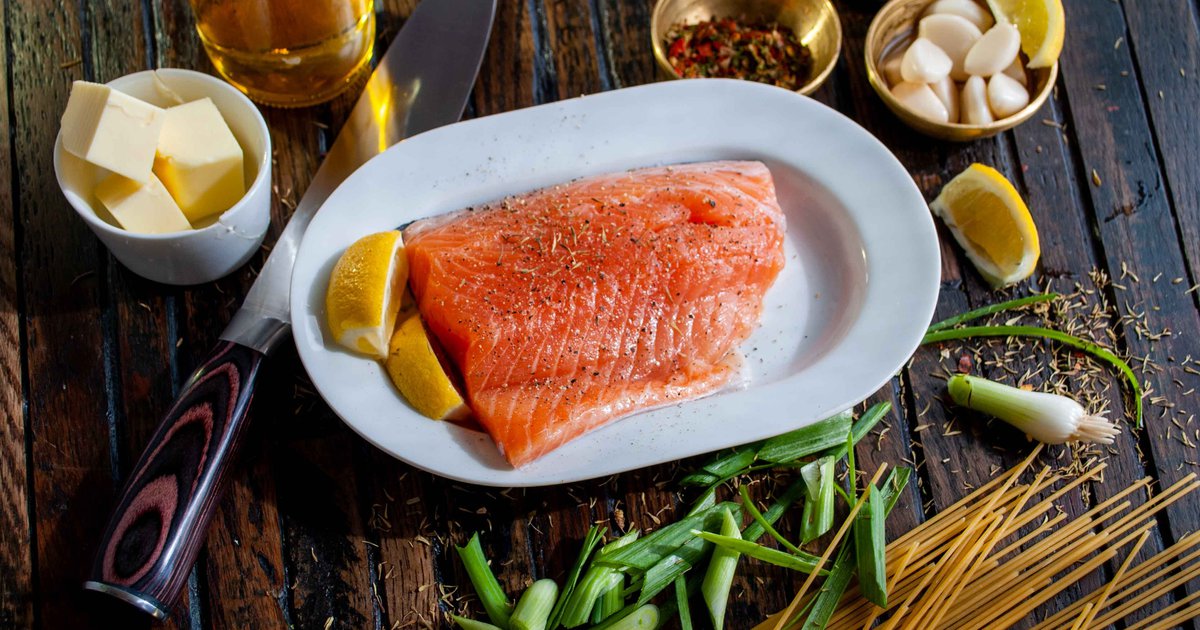Maintaining a healthy diet is not the easiest thing in the world. Especially as we age and the rules change.
Even boys who practice proper nutrition can struggle with challenges such as finding a healthy snack that doesn’t require a lot of preparation or balancing reduced calorie demand while getting the right nutrients. Then there is the advertising that aims to offer us healthy options that may not be the case.
Successful diets are easy to understand and relatively easy to follow. Complication reduces compliance and is the fastest way to derail your efforts. That is why last August I highlighted the flexibility of the Mediterranean Diet. Guide my food selection and offer what I consider reasonable options. But there is much more. A boy should cover breakfast, lunch and dinner, not to mention those in the meantime that can threaten a healthy lifestyle.
Table of Contents
Change of rules
The Academy of Nutrition and Dietetics reminds us that older boys cannot eat as if they were 20 years old if they want to maintain the right weight. When you reach 50, the rules change. The number of calories you need is related to your activity and metabolism.
If you are constantly active, between 2,400 and 2,800 calories a day can meet your needs. This drops from 2,200 to 2,400 calories with moderate activity, and drops from 2,000 to 2,200 if you’re not active. These goals show the impact of physical activity on daily caloric intake. The more active you are, the more you can (and need) to eat.
For older men, it’s not just about fewer calories, but also about the same or even more amounts of nutrients. Translated, the calories we consume must also meet our nutritional demands. They should be the right types of calories found in nutrient-dense foods.
In its recommendations for men over the age of 50, the Cleveland Clinic points out foods that can help men achieve that mark and reduce the risk of heart disease, type 2 diabetes, obesity, and some forms of cancer. Its list of nutrient-dense foods includes: fruits, vegetables, whole grains, and low-fat, low-fat dairy, along with lean meats, poultry, fish, beans, eggs, and nuts. When it comes to controlling your weight, the Cleveland Clinic advises that your food choices should be low in saturated fat, trans fat, cholesterol, salt and added sugars.
Nuts are an important resource for my appetite between meals. While peanuts and cashews are tempting, almonds and walnuts are considered the best choices.
In addition to demonstrating the importance of looking beyond the caloric value of food are studies cited by Harvard’s TH Chan School of Public Health that examine food quality and challenge the idea that “one calorie is one calorie.” Nutrition researchers point to a 20-year study of healthy men and women that shows a connection between weight gain and chips, sugary drinks, and red meats. Other contributing factors include starchy foods, refined grains, fats and sugars.
To provide more guidance, Harvard experts created the healthy eating dish, which suggests filling half the dish with fruits and vegetables, a quarter with whole grains like whole wheat pasta or brown rice, and the other quarter with a protein like fish, poultry. or beans. Beans and nuts in salads count for this total protein, but it is advisable to limit red meats and avoid processed meats such as bacon and sausage.
Nutritional considerations
Dietary guidelines published by the U.S. Department of Agriculture and the U.S. Department of Health and Human Services describe the unique nutritional circumstances of older Americans. In particular, the report cites as areas of special concern the low consumption of protein and vitamin B12 and the lack of adequate hydration. Protein prevents the loss of muscle mass and a person’s ability to absorb vitamin B12 may decrease with age and due to some medications.
The good news is that foods from protein subgroups are a good source of B12. They include many of the above; seafood, meat, poultry, eggs, nuts and soy products. The alternative to these subgroups are vitamin B12 supplements. Experts suggest that you talk to your doctor if this option is appealing.
Meal planning
The National Institute on Aging says meal planning is a great way to get rid of food conjectures while meeting nutritional requirements. Your tips include a well-organized shopping list and a consideration of preparation time and conditions. Cooking for special occasions with friends is very different than preparing a quick meal for yourself.
For specific recommendations on daily meal planning, there are several sources. The Mayo Clinic offers heart-healthy menus that focus on vegetables, fruits, and whole grains, and limits high-fat foods such as red meat, cheese, and baked goods, and high-sodium foods such as canned or processed foods.
Alcohol
Now here’s the real proof of your dietary commitment. The federal dietary guidelines I mentioned above do not recommend alcohol consumption for any reason, and note that drinking less is better than drinking more. For those who choose to participate, the guidelines define moderate consumption as two drinks a day for men and one for women. Some organizations increase the benchmark from two drinks to one when men reach the age of 65.
Conclusion
What all the experts seem to agree on is that diet and nutrition is a very personal proposition that should be tailored to your individual circumstances; time, resources and medical profile. Decisions should also be discussed with your doctor.
The process does not have to be a chore. In fact, the more immersive you are, the more likely you are to enjoy your diet. Equally important, consistency comes with health benefits.
These results, along with new dietary habits and the socialization of your cooking and meal planning, represent the winning strategy that will keep you in the healthy behavior game for years to come.


Comments are closed.